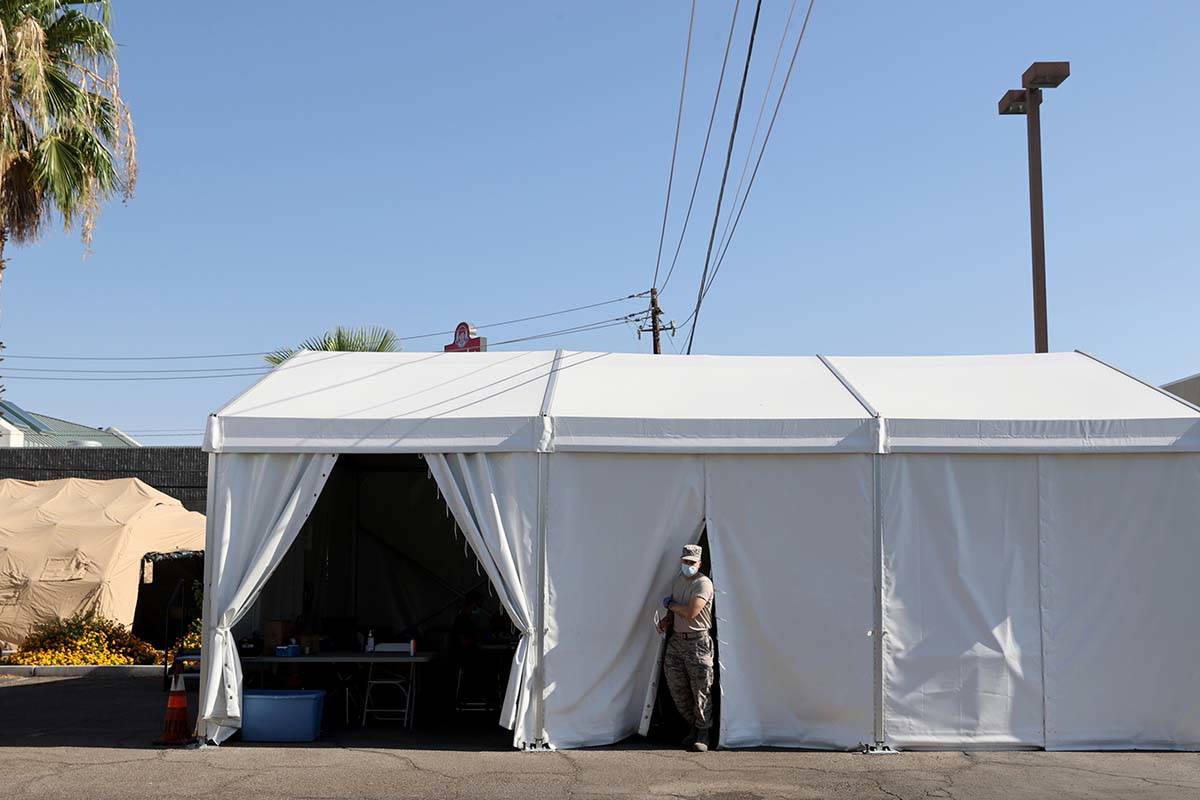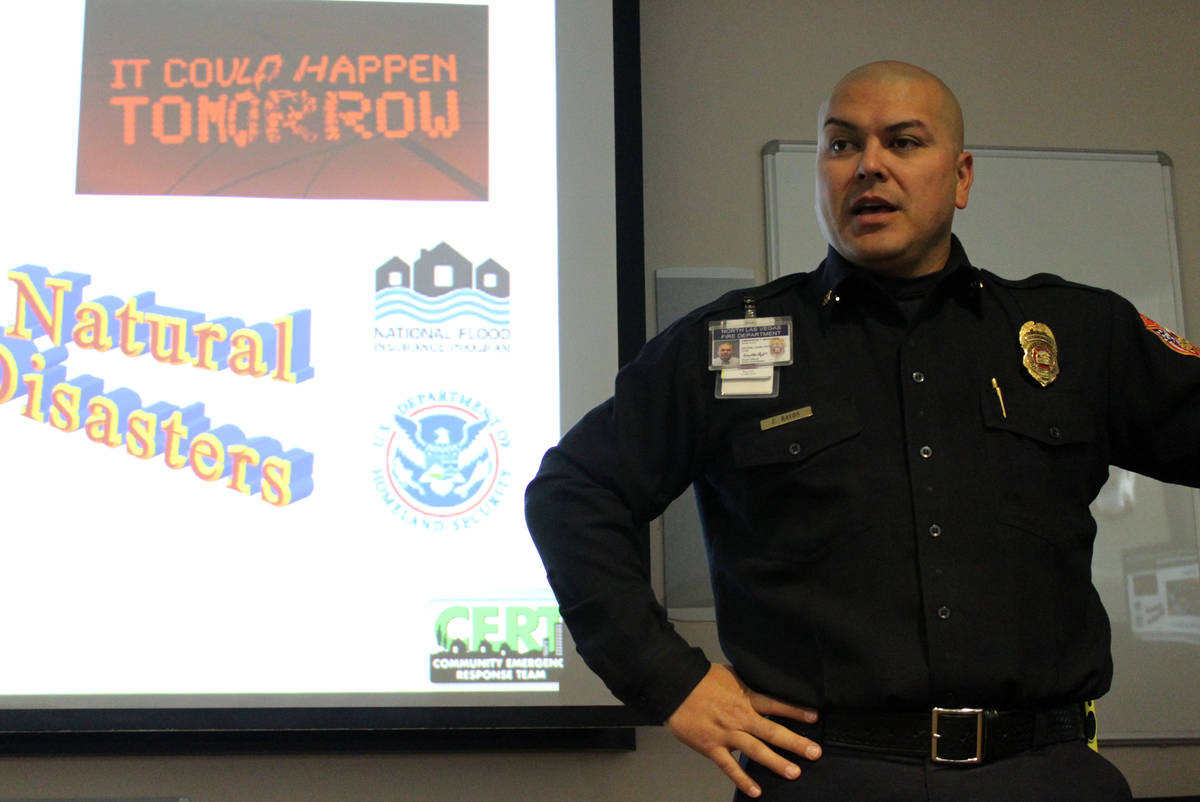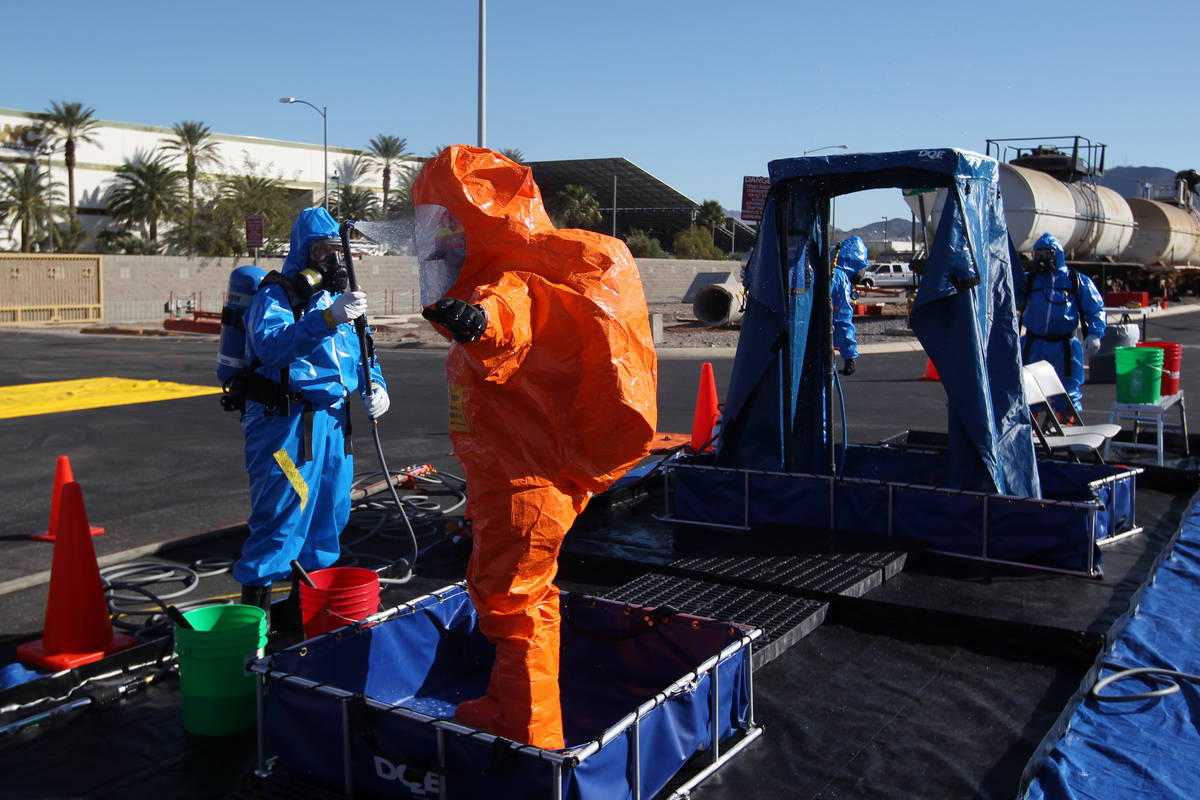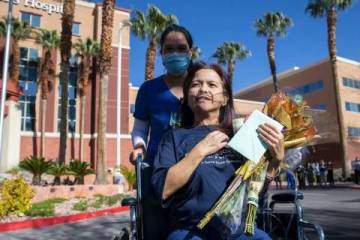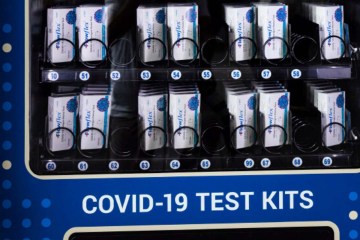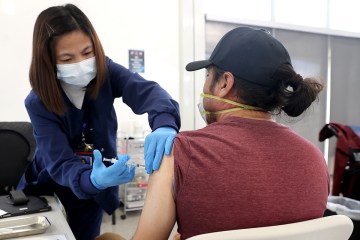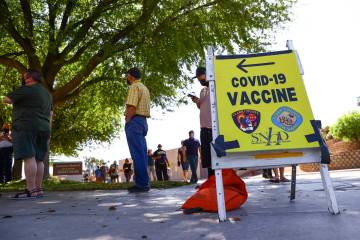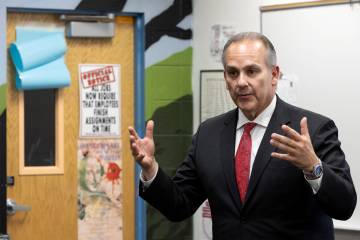Some Nevada agencies won’t reveal pandemic plans, months into COVID-19
Nevada’s largest public school system’s pandemic plan was last updated in 2009, and some key agencies have refused to release plans for public review, so it’s unclear how prepared officials were for the coronavirus, a Review-Journal analysis has found.
The Clark County School District, the county’s largest employer, provided a 2009 pandemic plan in response to an open records request but said it files updated emergency management plans annually with the state. The district refused to release them, citing confidentiality.
Several other agencies, including the Southern Nevada Health District and the Metropolitan Police Department, also declined to provide their plans. Several cited Gov. Steve Sisolak’s executive order in February that exempted terrorism planning from public records laws.
Most agencies routinely include plans for infectious disease events within a larger emergency plan that covers terrorism, natural disasters and other hazardous situations.
Governments such as UNLV, Las Vegas, Clark County and the Las Vegas Valley Water District provided plans updated within the past year. But those contain so few specifics, like how much PPE to stockpile or how to ensure there is enough hospital capacity, that it’s not clear how much the plans helped Nevada’s response to COVID-19, records show.
Richard Karpel, executive director of the Nevada Press Association, said agencies who deny access to pandemic plans during a pandemic are inappropriately misusing the governor’s directive.
“It appears our fear that the governor’s executive order would be abused to keep public documents hidden was well-founded,” he said. “The order was clearly focused on terrorism and critical infrastructure, not public health emergencies.”
Caleb Cage, the state’s Nevada COVID-19 response director, said the plans provide a framework that can be used to respond to the emergency once it happens.
“A plan is never going to match the consequences and outcomes of an actual disaster,” he said. “The value of a plan is the collaboration it takes to put the plan together.”
Pandemic and other emergency management plans provide guidelines for how governments should cooperate and mitigate the impact of a disaster. They often list each department and agency’s responsibilities during a disaster, the plan for communicating with residents, ways to make sure supplies are available for first responders and frameworks of how the government will provide basic needs for communities.
Dated plans
Ellis M. Stanley Sr., former chairman of the International Association of Emergency Managers, said agencies, especially ones with adequate staffing, should regularly update their plans.
“In general the rules are looked at and elements are addressed on annual basis,” Stanley said.
CCSD did not respond to repeated requests for an interview on its plan and why it was a decade old but issued a statement.
“CCSD complies and submits emergency plans required by NRS 388 on an annual basis to the Nevada Division of Emergency Management and are confidential per state law,” according to an emailed statement. “These plans are updated annually. This plan includes Outbreak of Disease.”
Metro cited the February executive order, a law that seals terrorism plans from public review and court rulings. Metro did provide contagion control plans for department staff, the jail and on-duty illness policies.
A 2009 SNHD plan was found in an online search, but spokeswoman Jennifer L. Sizemore said the agency has more recent plans that it refused to release.
Both Metro and SNHD declined interviews.
Cage said the public should know how well governments are prepared. But he said the Legislature has determined much of the planning should not be public because it could help terrorists — including bio-terrorists or terrorist who might take advantage of a natural pandemic to cause more harm — circumvent government responses.
Emergency drills
Stanley and Brian Labus, assistant professor at UNLV’s School of Public Health, said more important than the plans are regular exercises and drills to help agencies stay prepared.
“A plan is something you have to practice with,” said Labus, who worked at SNHD between 2001 and 2015 and participated in dozens of exercises with most of the area governments. “It’s like writing a playbook for a sporting event but never practicing.”
Labus said the plans are, by necessity, very general and are designed to outline responsibilities, chains of command and communication between people at different agencies.
“There is no way to plan for every eventuality, and even when it happens, you don’t know how it would play out,” he said.
But Stanley said it was well-known that a serious pandemic would eventually impact the United States or the world, so detailed plans improve government response.
“I look at this pandemic as a predictable surprise,” he said. “Pandemic planning has been going on for some time in the U.S., and you always have to make sure you are ready.”
Las Vegas’ pandemic plan is only five pages of the city’s emergency management plan, but city spokesman Jace Radke said the city relies on the health district in disease emergencies.
“Southern Nevada Health District (SNHD) is the lead agency in a pandemic and would be responsible for a tactical response plan,” he said in an email. “The city of Las Vegas and other agencies apply our resources to assist the SNHD accordingly.”
State’s new detailed plan
The Nevada Division of Emergency Management has a new, very detailed pandemic response plan, even calling it: “Nevada COVID-19 Disease Outbreak Management.” The plan and an update were both dated June of this year.
The plan’s goal is a “Bridge to a normalized process,” and it lays out specifics like how much personal protective gear to stockpile and how to increase testing and vaccinate 80 percent of the population when a vaccine becomes available.
State law requires state emergency management plans to be reviewed and updated before Dec. 31 of each year.
While several governments maintained their plans were confidential, older versions of the plans could often be found online.
A 2014 emergency management plan found online only mentioned the word “pandemic” 10 times in 245 pages. Another state plan called Nevada Statewide Medical Surge Plan, updated in 2016, details how to ensure hospital capacity during a surge from man-made and natural disasters, including a pandemic.
Stanley said officials should currently assess how well they responded to the outbreak.
“One of the things going on now should be an after-action report,” he said. “What’s is going well? What have we learned? What failed? We typically learn from our mistakes and not our successes.”
But Labus said the after-action report usually starts after the emergency ends and conditions are back to normal.
“We’re in the middle of the event,” he said. “It’s just too early.”
Contact Arthur Kane at akane@reviewjournal.com. Follow @ArthurMKane on Twitter. Kane is a member of the Review-Journal’s investigative team, focusing on reporting that holds leaders and agencies accountable and exposes wrongdoing.



